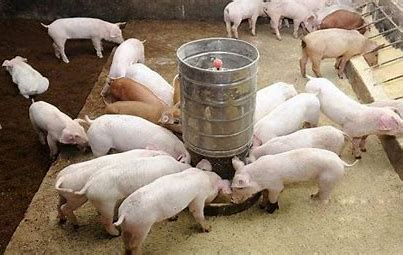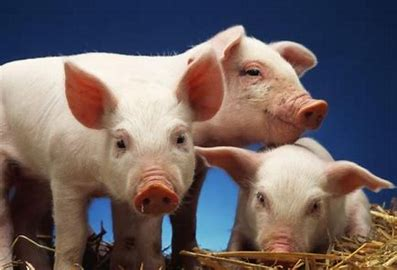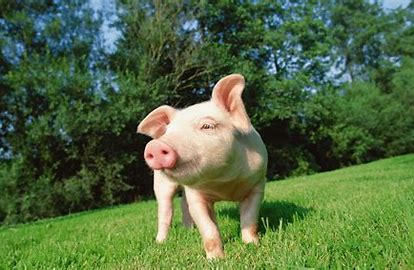
Release Date:2024.08.16
The growth and development characteristics of a pig are determined in part by genetics, but also by the environment, feeding management and nutrient supply. Pigs at different growth stages have obviously different requirements for nutrients such as energy, protein, vitamins and minerals. However, traditional feed formulations often simplify the consideration of nutritional composition and ignore the specific needs of pigs, resulting in unsatisfactory breeding results. At Leman China Swine Conference, the physiological characteristics and nutritional requirements of pigs were presented in detail.
Growth and development characteristics of pigs
The growth and development characteristics of pigs can be summarized into three stages: birth to weaning period, growth period and fattening period. The period from birth to weaning is the initial stage of growth and development of pigs. At this stage, the physiological function of pigs is constantly enhanced, and the body mass increases at an extremely rapid rate. The breeding work in this period will directly affect the later development of pigs. The growing period is a period of rapid growth. During this stage, pigs are most active in body mass growth, bone development and muscle tissue formation. At this stage, pigs have a large demand for nutrients in the feed, especially for protein and energy, and need sufficient feed supply to support their rapid growth. The fattening period is the last growth stage of a pig after birth. At this stage, the growth rate of pigs is relatively slow, and the accumulation of body fat begins to accelerate. At this time, the feed management strategy should be based on maintaining its health and optimizing meat quality. Excessive or insufficient nutrient supply may affect the quality of pork.

Energy requirements of pigs
In the early stages, pigs have relatively small energy requirements, mainly because their bodies are small and they consume less energy. However, as pigs grow, their energy needs gradually increase. This is because pigs need a lot of energy to support their weight gain, bone development and muscle tissue formation as they grow. In the fattening period, the energy needs of pigs are slightly reduced, because the main task is to store fat in order to maximize meat quality.

Protein requirements of pigs
Different pig breeds have different levels of protein requirements. In general, pigs of meat breeds will only have a greater demand for protein, which is due to their need for greater muscle mass in order to achieve the desired market body mass. However, as sows and other production pigs need to reproduce their offspring, their protein demand is more reflected in the guarantee of the reproduction system. The stage of growth can also significantly affect a pig's protein requirements. Protein requirements will usually be higher in young pigs, which are undergoing rapid physical development at this stage. When pigs grow up and enter the fattening stage, their growth rate gradually slows down, and their demand for protein is relatively reduced.

Vitamin and mineral requirements of pigs
Both trace minerals and vitamins are essential for the growth, development, reproduction and immune function of pigs. Vitamin requirements are first affected by the growth stage of the pig. For example, piglets are A stage of rapid growth and development, and their vitamin requirements are relatively high, especially for vitamins A, B, D and E. In the case of breeding pigs, vitamin requirements are related to reproduction, for example, vitamin E can affect reproductive performance, and vitamin A has a key impact on embryonic development.
If you want to learn more about the food industry, please visit the Leman China Swine Conference website to learn more.
Source: Lukang Breeding Pig
If there is any infringement, please contact to delete.